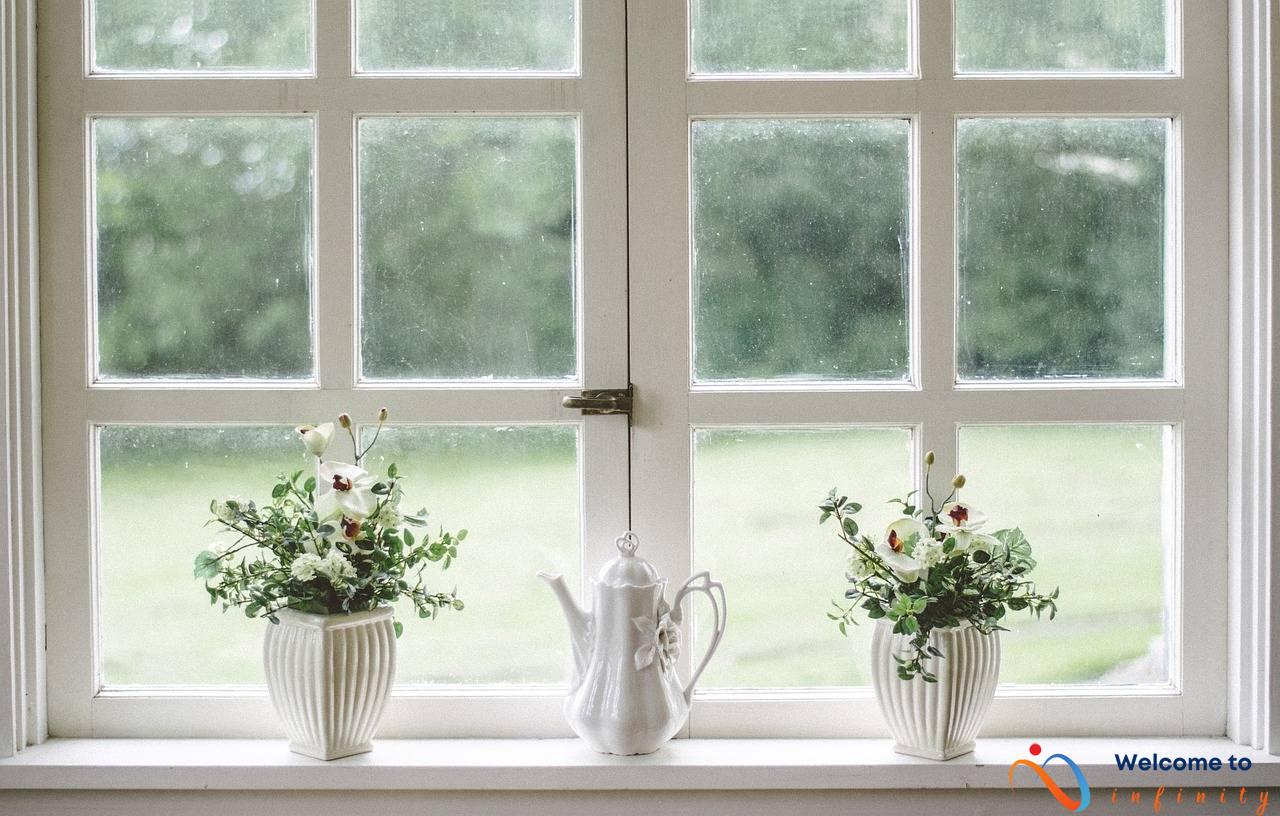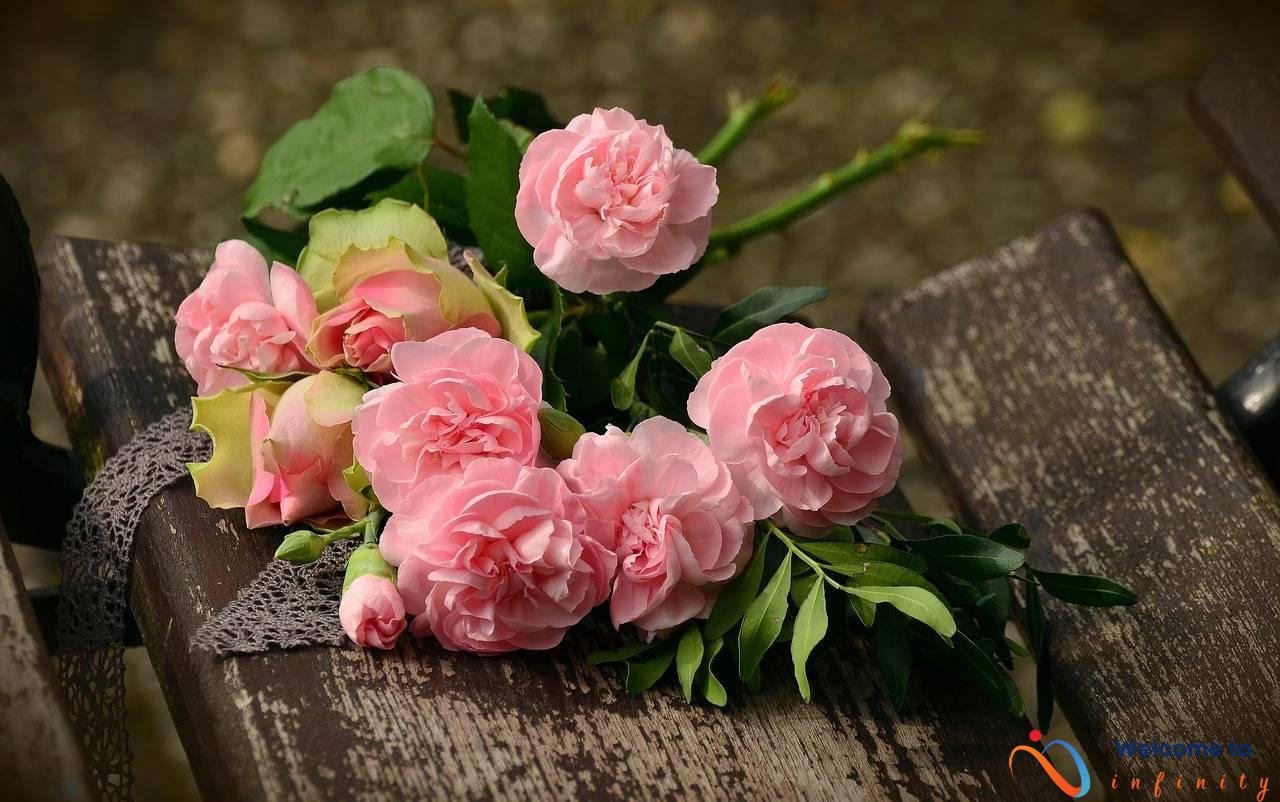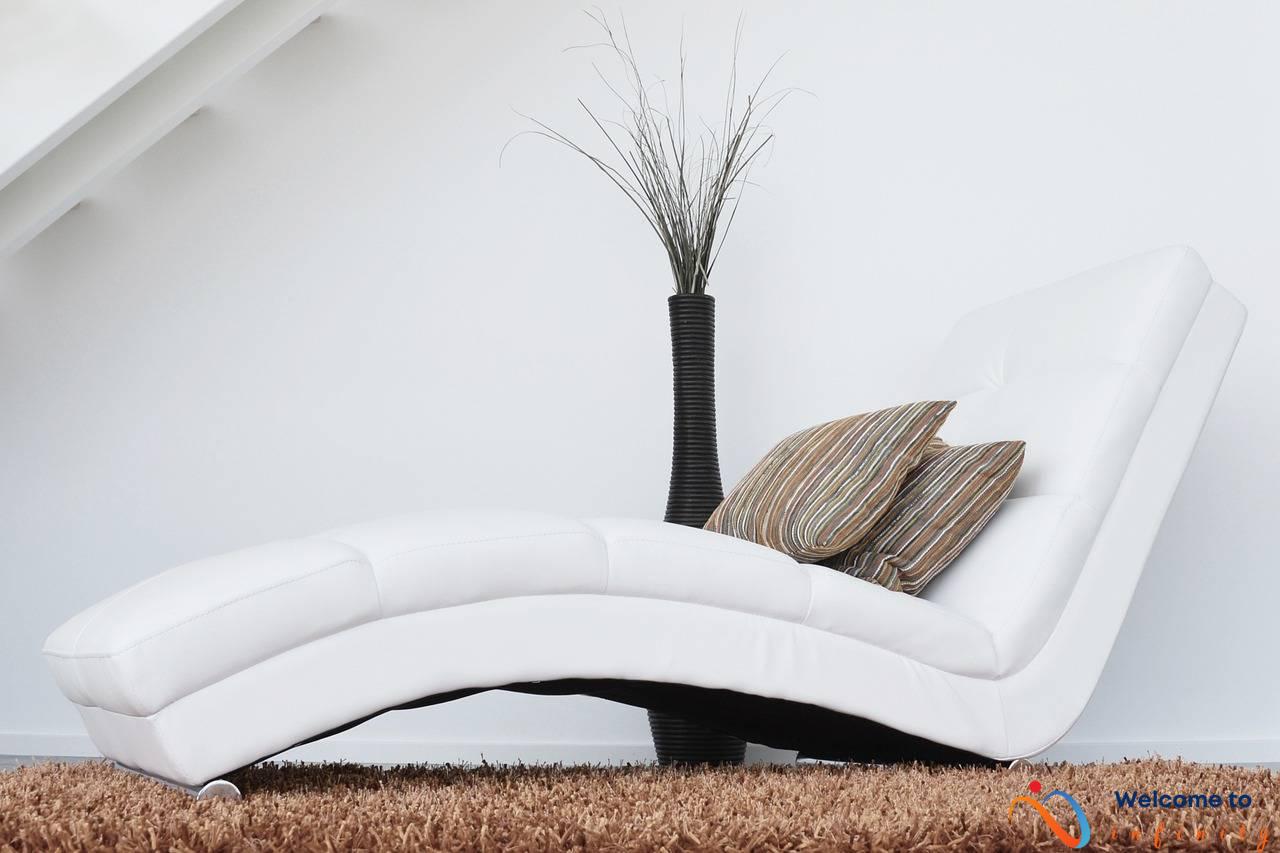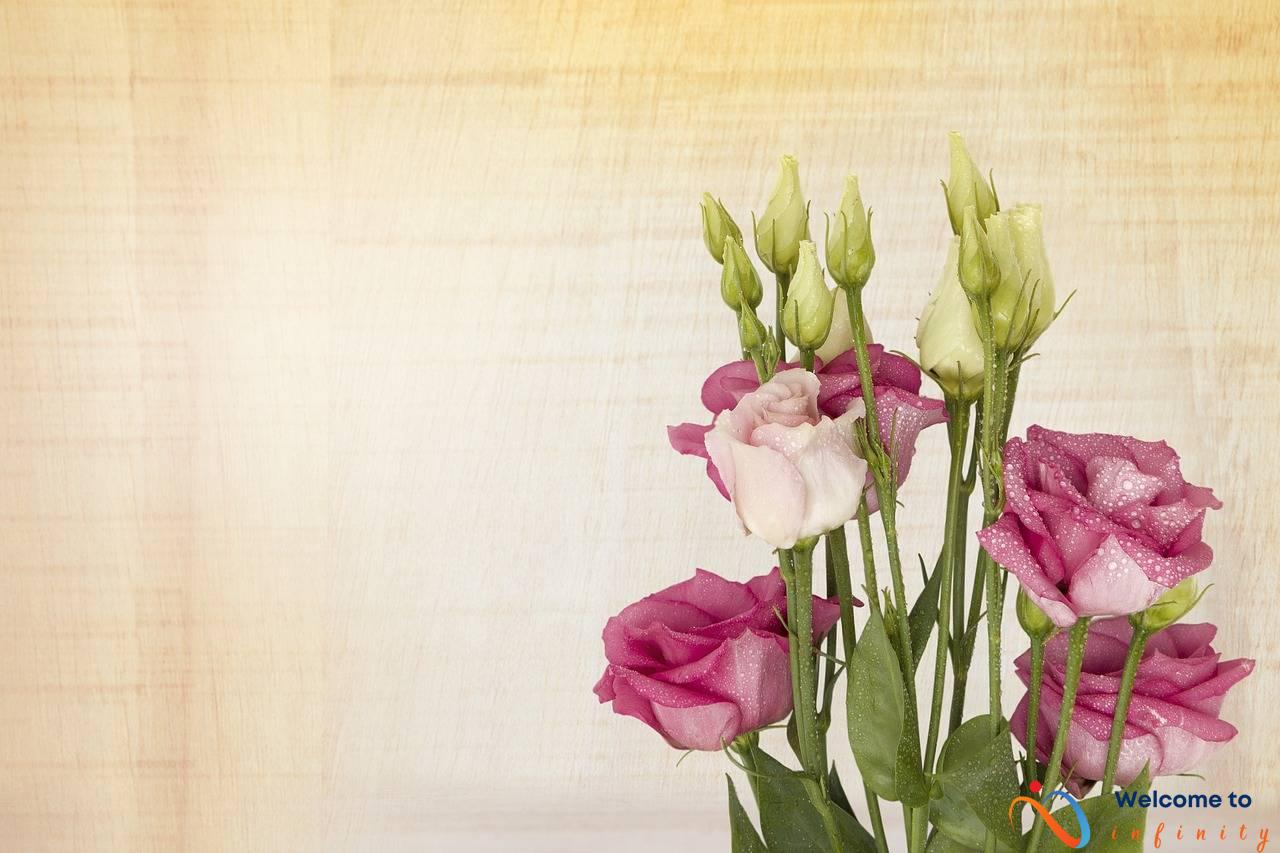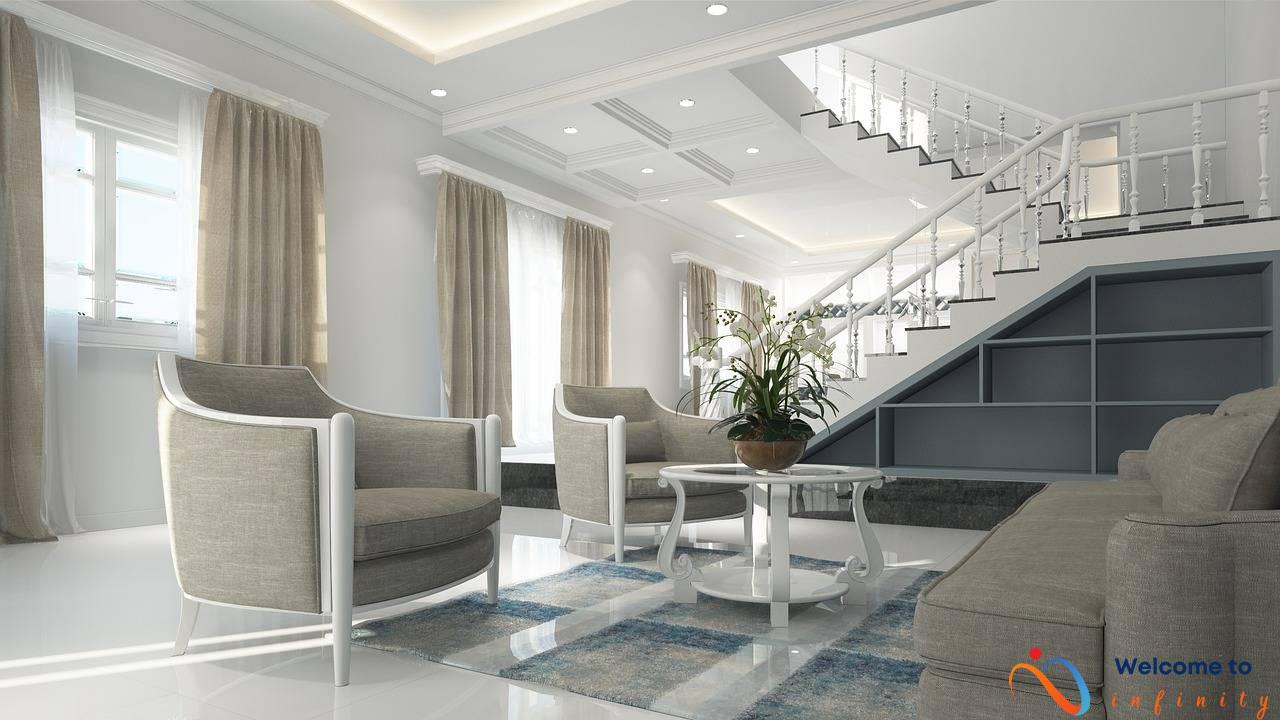If you're searching for a design style that merges the classic with the contemporary, transitional style could be the perfect fit for your home decor. It's an ideal blend of traditional and modern elements to create a timeless and balanced look. Transitional design is an excellent option for those who want to create a harmonious and welcoming feel in their homes that combine functionality with beauty.
To get started with transitional style, you need to know the basics. neutral colors such as gray, beige, and cream are often used in transitional decor. Mixed materials such as wood, metal, and glass are commonly used to add texture and interest. Furniture in transitional style is often a combination of traditional and modern, such as classic shapes with contemporary fabrics and finishes.
For a transitional living room, consider a velvet sofa in a neutral color paired with modern metal accent tables. A transitional dining room could feature a traditional wooden dining table with modern lighting fixtures and upholstered chairs. Accessories in transitional style are typically simple and muted, such as geometric-patterned throw pillows, tall glass vases, and mirrors with clean lines.
In transitional decor, artwork focuses on abstract pieces with a mix of warm and cool tones, and a soft, patterned rug in a neutral color is an excellent way to tie the transitional room together. To achieve a successful transitional design, keep the space balanced and harmonious. Combine traditional and modern elements in equal measure and stick to neutral colors with mixed materials and simple patterns.
What is Transitional Style?
Transitional style is a design style that combines traditional and modern elements to create a harmonious balance. It's a great option for those who want a classic look with a modern twist. With transitional style, you don't have to choose between traditional or modern, you can have the best of both worlds.
The key to transitional design is a timeless feel that incorporates elements from both traditional and modern design. Clean lines with classic shapes are mixed with warm woods and mixed materials to create a comfortable and inviting space.
Neutral colors such as gray, beige, and cream are often used in transitional decor, along with simple patterns to keep the space balanced. The idea is to create a space that is not too busy, yet interesting enough to keep your eye moving.
Transitional style is not about being too matchy-matchy or too eclectic. It's all about balance and harmony. You want to create a space that feels put together and cohesive, with a timeless look that won't go out of style any time soon.
- To summarize, Transitional Style:
- combines traditional and modern elements
- creates a timeless and balanced look
- incorporates warm woods and mixed materials
- uses neutral colors and simple patterns
In conclusion, if you're looking for a style that combines the best of traditional and modern design, then transitional style is the perfect option. With a focus on balance, simple patterns, and mixed materials, you can create a space that is both comfortable and stylish. Remember to keep the space harmonious, with an equal mix of traditional and modern elements, and you'll have a space that is both beautiful and timeless.
Colors and Materials
When it comes to transitional style, colors and materials play a crucial role in achieving the perfect balance between traditional and modern elements. Neutral colors such as gray, beige, and cream are commonly used in transitional decor to create a calming and understated look. These colors also act as a neutral backdrop for more bold and eye-catching elements that you may want to use in your design.
When it comes to materials, incorporating mixed materials can add texture and interest to a transitional room. Wood, metal, and glass are popular choices for creating a layered and sophisticated look. For example, wood can be incorporated through your furniture, like a traditional wooden coffee table, while metal can be used for modern accent pieces and decor, like a sleek metal floor lamp.
Additionally, glass is a versatile material that can be incorporated throughout a room in many different ways. A glass coffee table can make a statement in your living room while a glass vase can add height and interest to a console or side table. Mixing different materials can create depth and balance in your transitional design.
Overall, choosing the right colors and materials is crucial in creating a transitional design that balances traditional and modern elements. By incorporating neutral colors and mixed materials, you can create a timeless and sophisticated space that feels both classic and on-trend.
Furniture
Furniture plays a significant role in achieving a transitional design. It should be a mix of traditional and modern elements in equal measure, with classic shapes, clean lines, contemporary finishes, and fabrics. Nothing too ornate or too sleek. A good rule of thumb is to keep the furniture simple and avoid elaborate details.
In the living room, consider a comfortable sofa or loveseat with clean lines, paired with modern accent tables in metal or glass. In the dining room, a wooden dining table with traditional lines can be paired with modern lighting fixtures and upholstered chairs. Upholstered chairs add softness to the design and can be a great opportunity to experiment with textiles and patterns that reflect your personality.
Two-tone finishes in furniture pieces are common in transitional style, such as a wooden dresser with matte black or brass handles. The mix of materials is also essential in achieving a harmonious design. Don't shy away from incorporating metal, wood, glass, and even acrylic to add texture and visual interest.
Avoid cluttering the space with furniture. Opt for pieces that have multiple functions, like a storage ottoman, a console table with drawers, or a coffee table with a lift-top. The key is to balance the furniture and create a harmonious space that evokes the feeling of comfort and relaxation.
Finally, mixing old and new furniture pieces can create a cohesive and unique look. Placing a modern lamp on a vintage side table or a velvet accent chair next to a mid-century modern sofa can make a statement and keep the design fresh.
Living Room
A transitional living room is all about blending traditional and modern elements seamlessly. The key is to keep the room balanced and harmonious, so it's essential to find furniture that complements each other. One idea is to opt for a velvet sofa in a neutral color such as beige or gray. It's a classic piece that brings comfort to the room.
To add a modern twist to the traditional feel, consider pairing it with metal accent tables. Not only do they add a contemporary touch, but they also balance the softness of the sofa. The metal creates an attractive contrast that makes the space lively without losing elegance.
Another way to achieve balance is by adding subtle patterns to the living room. For example, geometric-patterned throw pillows in muted colors can complement the sofa and add a cozy feel to the room. Simple art pieces on the walls, such as abstract paintings and mirrors with clean lines, can also create a harmonious atmosphere.
- Velvet sofa in a neutral color
- Metal accent tables
- Geometric-patterned throw pillows
- Abstract art pieces with warm and cool tones
- Clean-line mirrors
Remember, the key to achieving a successful transitional design is to strike a balance between modern and traditional elements. With a velvet sofa, metal accent tables, and the right accessories, you can create a cozy and timeless living room that reflects your personal style.
Dining Room
In a transitional dining room, the focal point is often a traditional wooden dining table paired with modern lighting fixtures and upholstered chairs. The table should be classic in design with elegant legs and a rich finish. Modern lighting fixtures should complement traditional details such as crystal chandeliers or sleek pendant lights. Upholstered chairs add texture and comfort to the space. Consider a neutral fabric with a subtle pattern that enhances the wood tones.
When it comes to styling the space, keep the decor simple and refined. A statement centerpiece, such as a vase full of fresh flowers or a sculptural bowl, adds interest without overwhelming the space. You can also add small touches such as place settings with simple lines and geometric shapes or a neutral-colored table runner to complete the look.
Remember to balance traditional and modern elements in your transitional dining room design. Additionally, consider incorporating mixed materials such as a metal or glass accent pieces to add interest. With these tips in mind, you can create a beautiful and balanced dining room that embodies transitional style.
Accessories
In transitional style, accessories play an important role in tying together the traditional and modern elements of the decor. Accessories in this style are simple and muted, with a focus on geometric patterns and clean lines. Here are some ideas for accessories to incorporate into your transitional space:
- Geometric-patterned throw pillows in neutral colors add visual interest to a sofa or armchair.
- Tall glass vases in varying heights can be filled with natural elements like branches or flowers to add texture and bring the outdoors in.
- Mirrors with clean lines can add depth and reflect light in a room. Consider hanging a large mirror above a console table in the entryway or a smaller mirror above a dresser in the bedroom.
- Candles in simple glass votives can add warmth and ambiance to a space. Choose unscented candles in neutral colors for a more subtle effect.
Remember, when selecting accessories for your transitional space, keep things simple and avoid anything too ornate or overly modern. Stick to neutral colors and patterns and focus on creating a space that's balanced and harmonious.
Artwork
Artwork is an essential component of transitional style decor as it adds personality and character to a space. In transitional style, abstract art is preferred to represent modernism, while the mix of warm and cool tones add balance and harmony to the room.
There are a few things to consider when selecting artwork for transitional decor. First, the colors should be muted and neutral to blend seamlessly with the rest of the space. Also, the art should be balanced in terms of size and proportion to create an overall harmonious look. Larger abstract pieces with bold strokes and mixed tones work well in transitional spaces.
You can also incorporate abstract sculptures and vases that play with geometric shapes and neutral colors. As with any accessory in transitional style, less is more. So, simply add a few statement pieces to bring the room together and create visual interest.
In conclusion, abstract pieces with a mix of warm and cool tones are the way to go when it comes to artwork in transitional decor. It gives the space a contemporary feel while maintaining a classic touch.
Rugs
A soft, patterned rug is a great way to ground and define the space in a transitional room. With the neutral color palette used in transitional style, a rug can add depth and visual interest without overpowering the design.
When choosing a rug for a transitional room, look for one that incorporates both traditional and modern elements, such as a classic pattern in a contemporary color scheme. Geometric patterns work well in transitional design, but make sure to stick to muted colors to maintain the cohesive and harmonious feel.
A simple and elegant way to incorporate a patterned rug into a transitional space is to pair it with simple and straightforward furniture pieces. A solid-color sofa and a sleek coffee table can balance out the boldness of the rug and keep the room from feeling too busy.
It's important to note that a rug that is too small or too large for the room can throw off the balance. A general rule is to leave a border of about 18 to 24 inches around the room. However, this can vary depending on the dimensions of the space and the size of the furniture.
Consider layering a smaller rug over a larger one for added texture and visual interest. This is especially effective in a living room or bedroom, where a rug can create a cozy atmosphere and add warmth to the space.
In summary, a soft, patterned rug in a neutral color is an excellent way to tie a transitional room together. It can add depth and texture while maintaining the overall balance and harmony of the space. Be sure to choose a rug that incorporates both traditional and modern elements and pair it with simple, straightforward furniture pieces to create a cohesive and timeless design.
Final Tips
When it comes to decorating in a transitional style, there are a few final tips to keep in mind to ensure a successful design. The most important aspect of transitional design is balance and harmony. Keep the space visually balanced by using traditional and modern elements in equal measure. Avoid overusing one style or the other, as this can create a disjointed look.
Stick to neutral colors, such as beige, gray, and cream, with mixed materials and simple patterns. This will enhance the harmony and timeless appeal of the transitional style. When selecting furniture, opt for classic shapes with contemporary fabrics and finishes.
To complete the look, consider adding simple and muted accessories, such as geometric-patterned throw pillows, tall glass vases, and mirrors with clean lines. For artwork, choose abstract pieces with a mix of warm and cool tones. A soft, patterned rug in a neutral color is also a great way to tie a transitional room together.
Remember, achieving a successful transitional design is all about balance and harmony. Combine traditional and modern elements in equal measure, stick to neutral colors with mixed materials, and keep patterns simple. With these final tips, you'll be on your way to creating a timeless and balanced transitional space.



